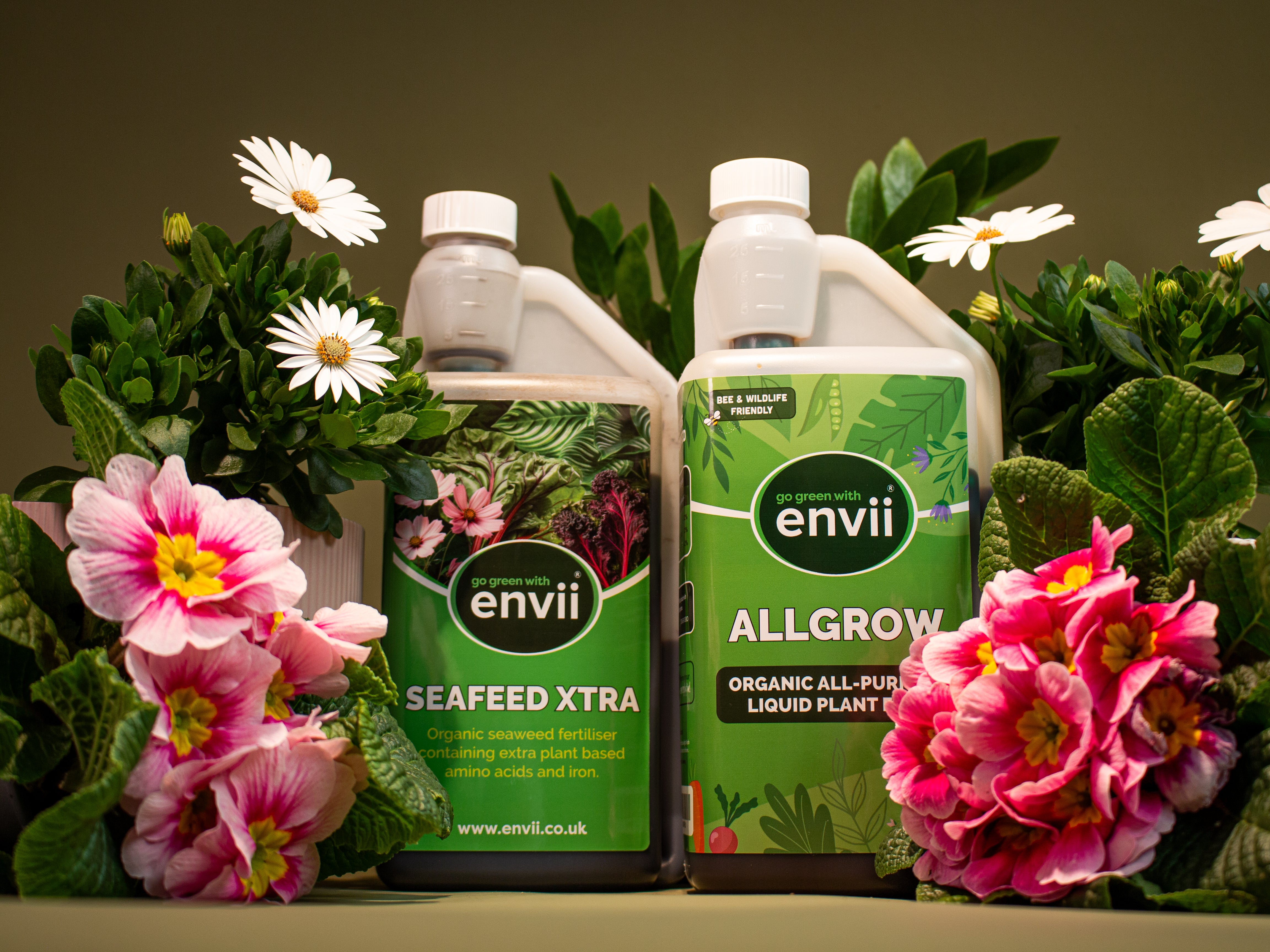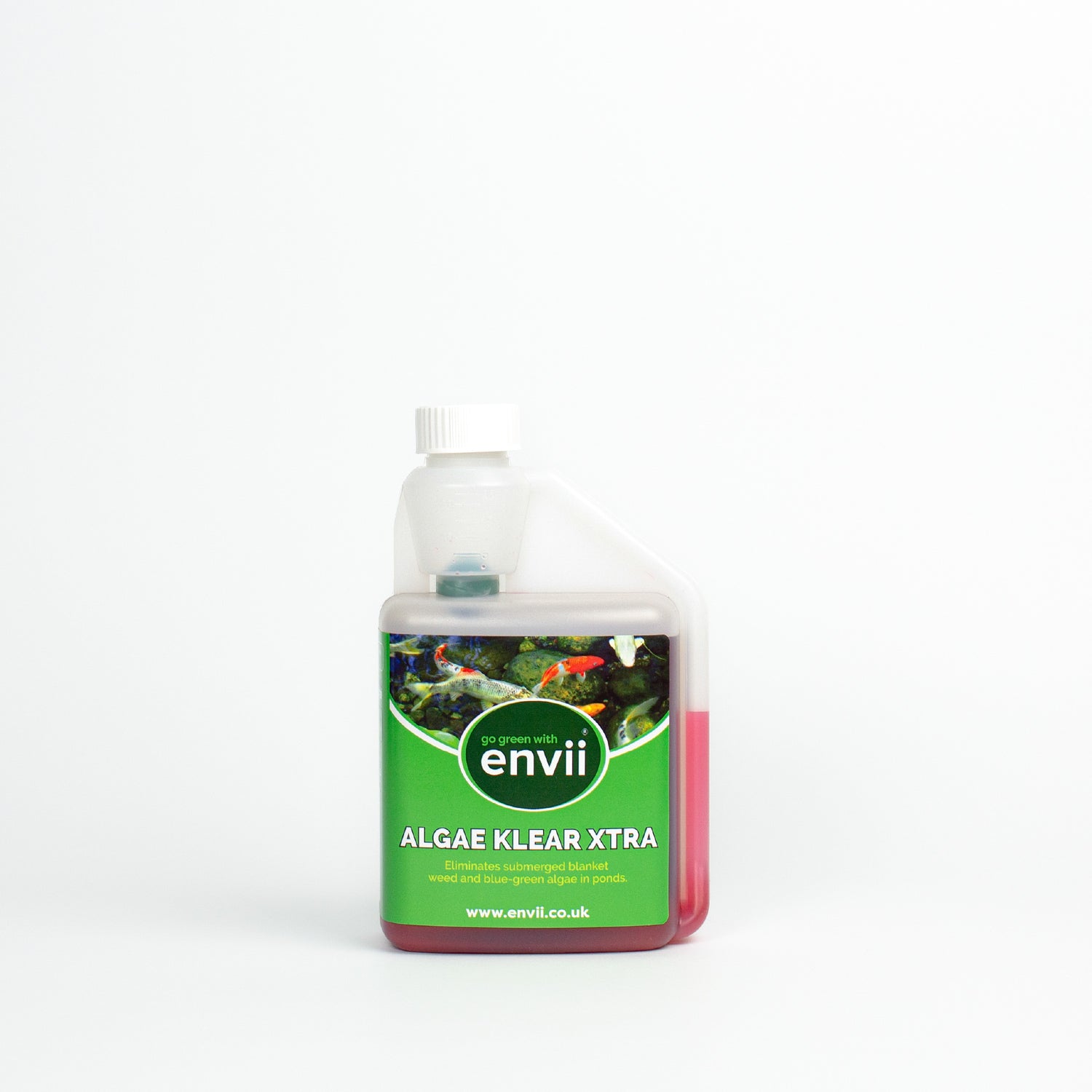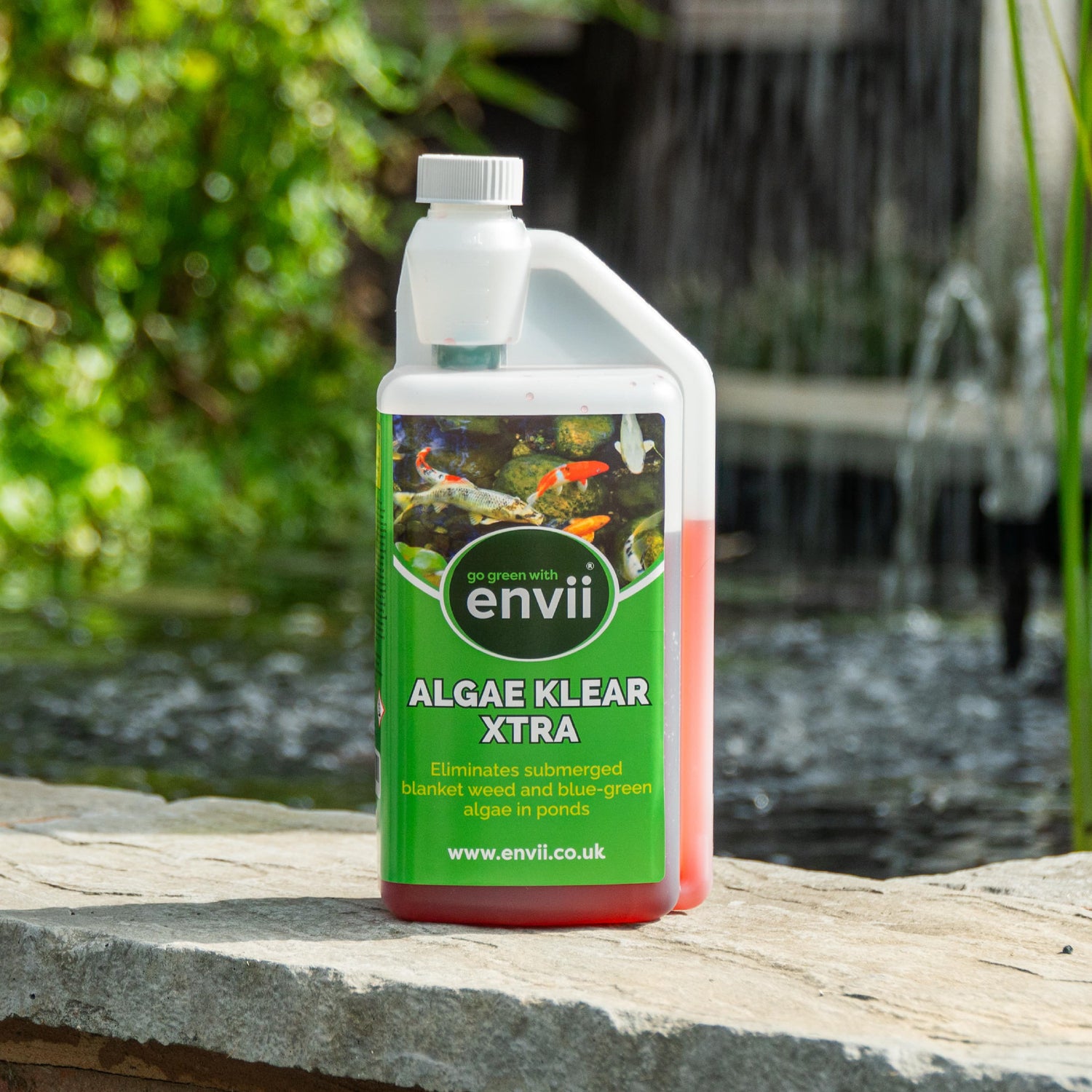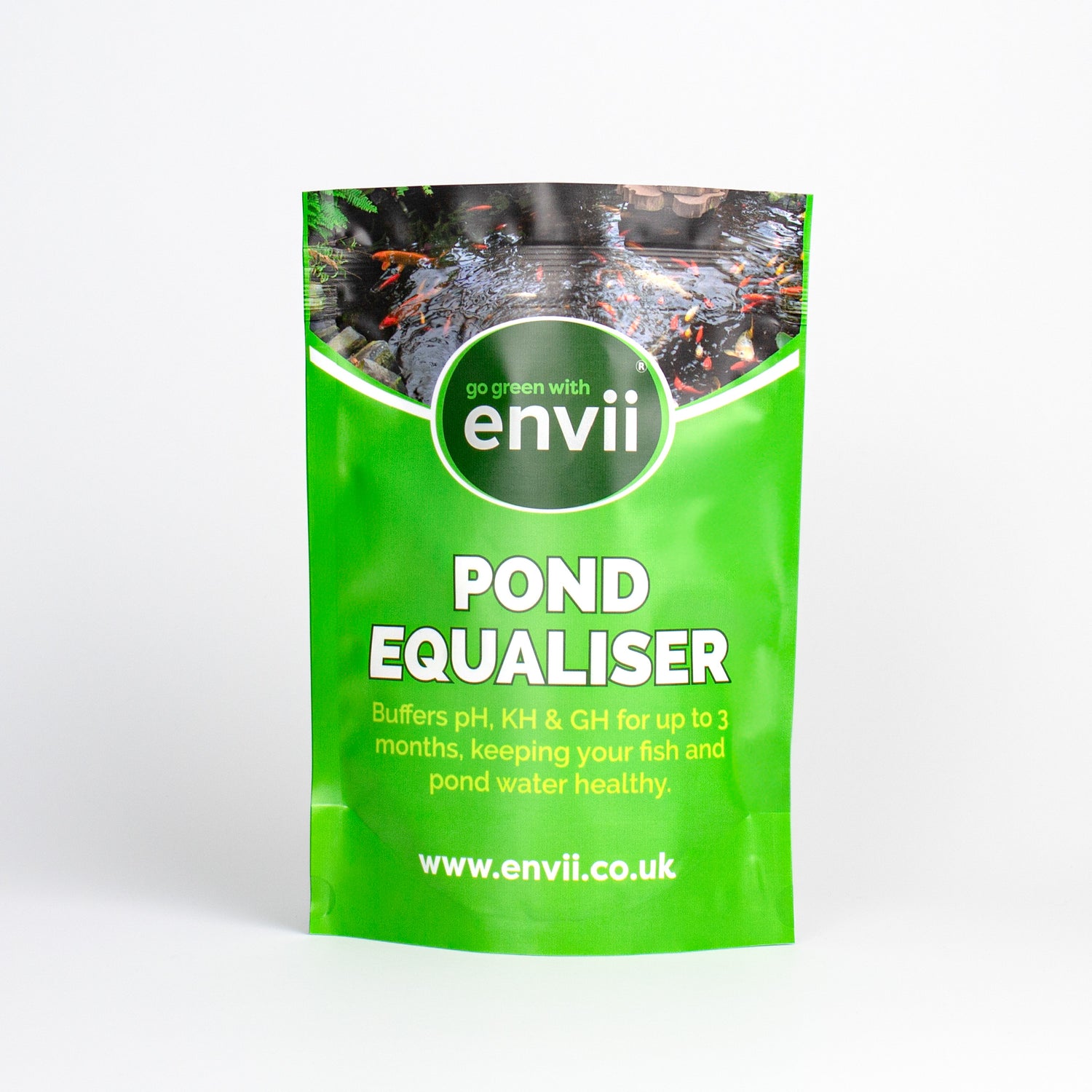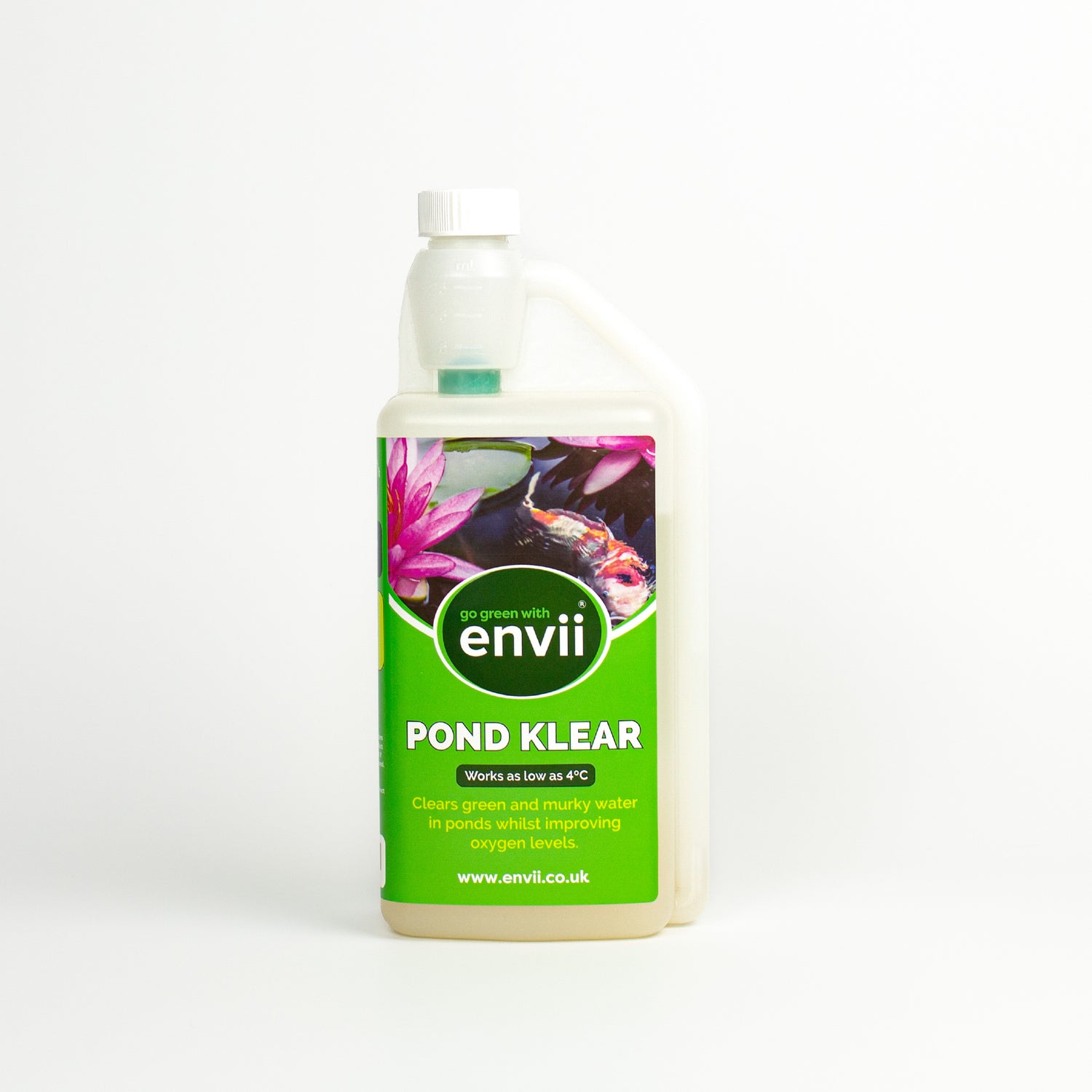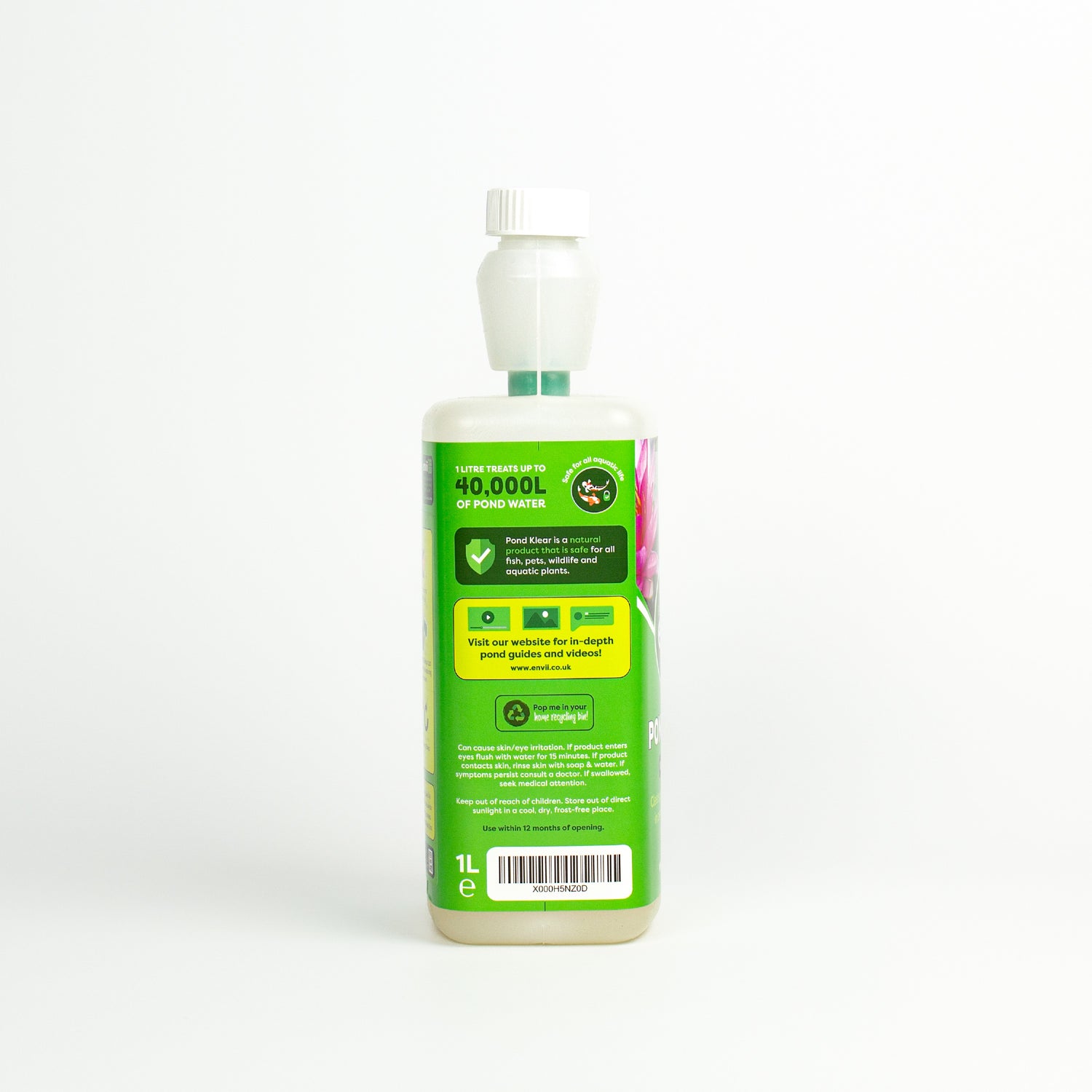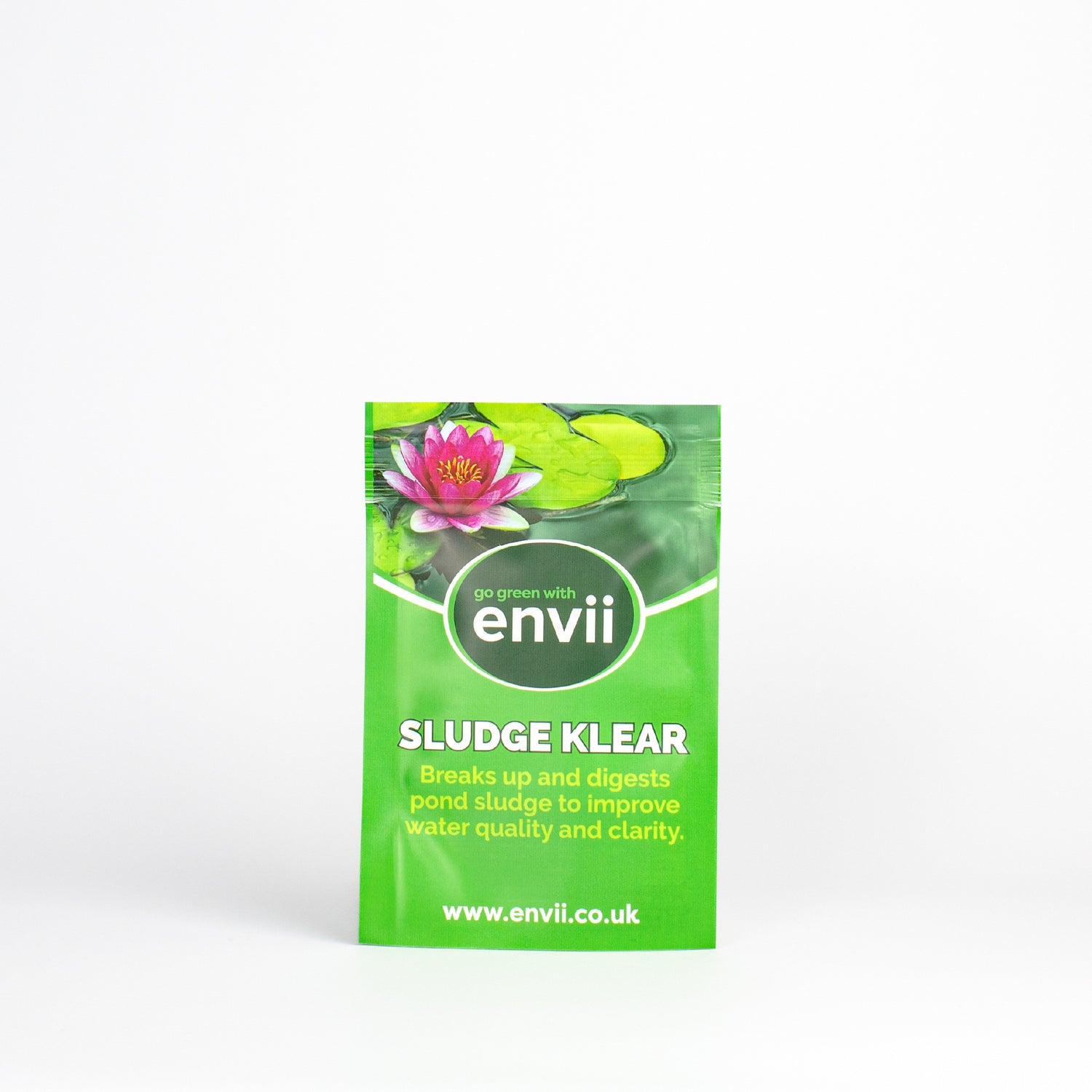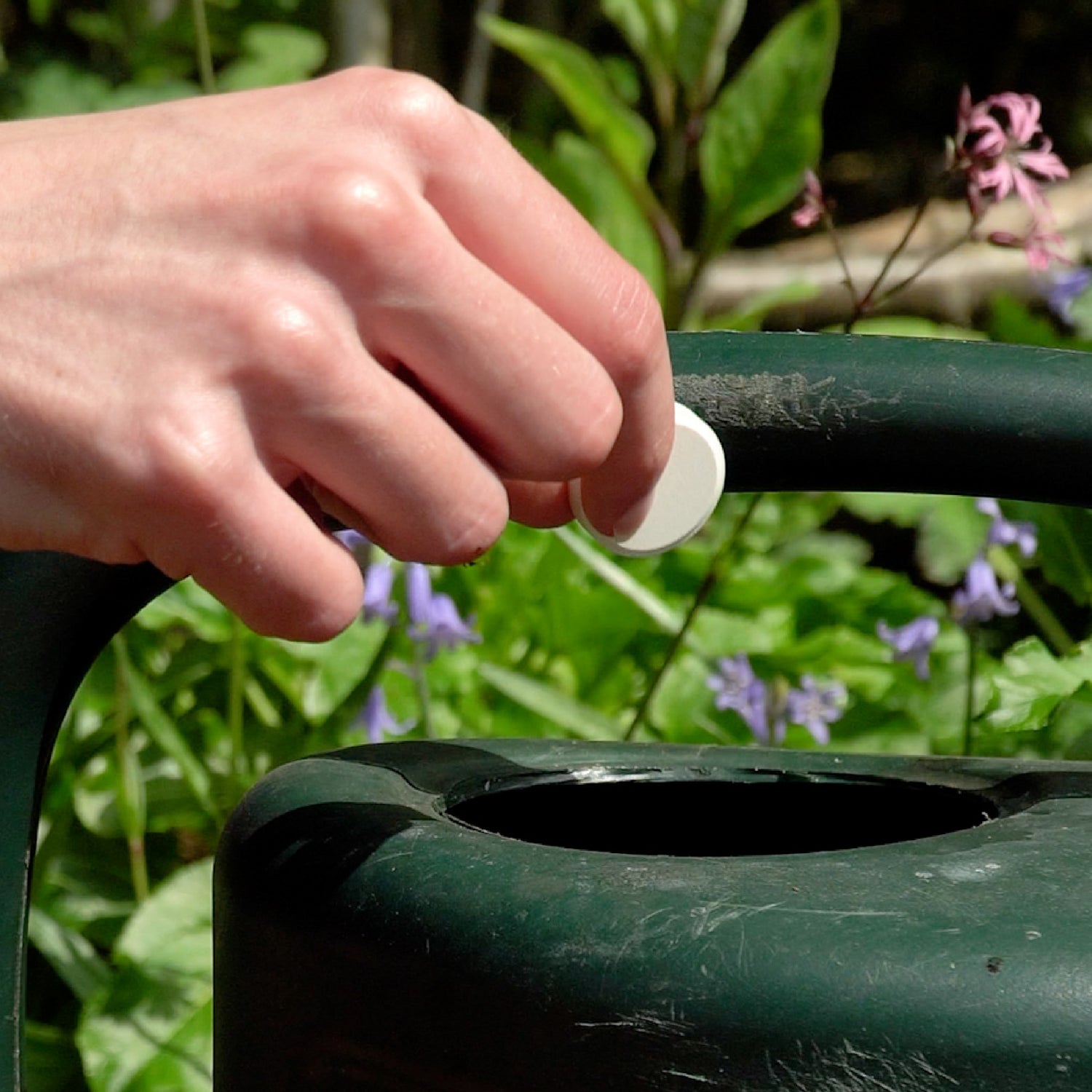In our last blog, we spoke about some of the reasons fish jump out of water. One of the issues is due to diseases, which can cause the fish to jump out of the water to escape the pain.
Below we have listed some of the most common fish diseases along with their symptoms and how to treat them.
Common Diseases |
Symptoms |
How to Treat |
Ammonia Poisoning |
Red or inflamed gills
Fish could be jumping out of water to escape pain or inhale more oxygen |
As mentioned in the previous post, high ammonia levels are easy to avoid by keeping your water levels right with Pond Equaliser. Unfortunately, there is no treatment for fish suffering with ammonia poisoning, other than leveling ammonia levels in water. |
Fin Rot |
Fish’s fins appear jagged and may have a milky substance around the edges | Like ammonia poisoning, Fin Rot is caused by incorrect water qualities. Above all, We would advise using Pond Equaliser and then monitoring the infected fish. |
Camallanus Worms |
Serious infections can be seen in the form of a pink/red worm protruding from the fish’s anus. They may also be lethargic and lose their appetite | A de-worming medication such as Levamisole is the recommended treatment. |
White spot |
White spots will be visible on your fish’s fins and possibly body | This is a very common disease and there are many remedies available at your local pet shop. |
Hole In The Head |
Quite literally, the fish will appear to have small holes or indentations on their head and may lose their appetite | A common method used to treat this disease is to add the antibiotic metronidazole into your water and then monitor water levels very closely. Furthermore, it is also thought that an improved diet (frozen fish food or vegetable based foods such as seaweed strips) can aid in the recovery of the fish. |
Nitrite and Nitrate Poisoning |
Symptoms are not obvious but they can include erratic swimming and loss of appetite | Although nitrate poisoning is not a disease, as we discussed in the last blog, it can be deadly to your fish. Ensure your water has low levels of nitrate by using Nitrate Klear. |
Pop-Eye |
Eyes are abnormally sticking out of the fish’s head and may appear cloudy in colour | Ensure water quality is perfect to avoid infecting any other fish. Remove the infected fish and keep in quarantine whilst treating with antibiotics. |
Swim Bladder Disease |
Fish will be floating on their side or back and will be unable to dive | The easiest treatment is to not feed the effected fish for 24 hours. Swim bladder is caused by fish taking in too much air when eating. |
Velvet |
Fish will have yellow or grey dusty spots on them | Copper and quinine-based medications are very effective, but these can be toxic to certain fish so check before treating |
Share
